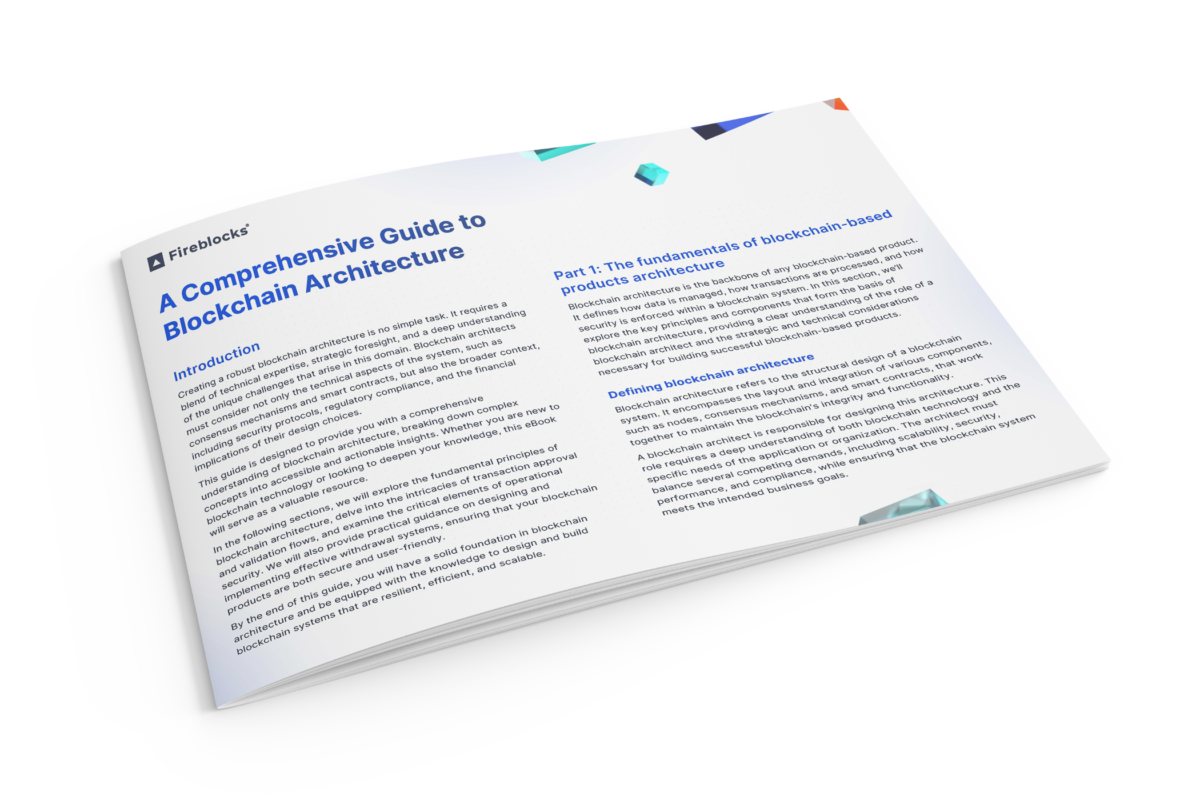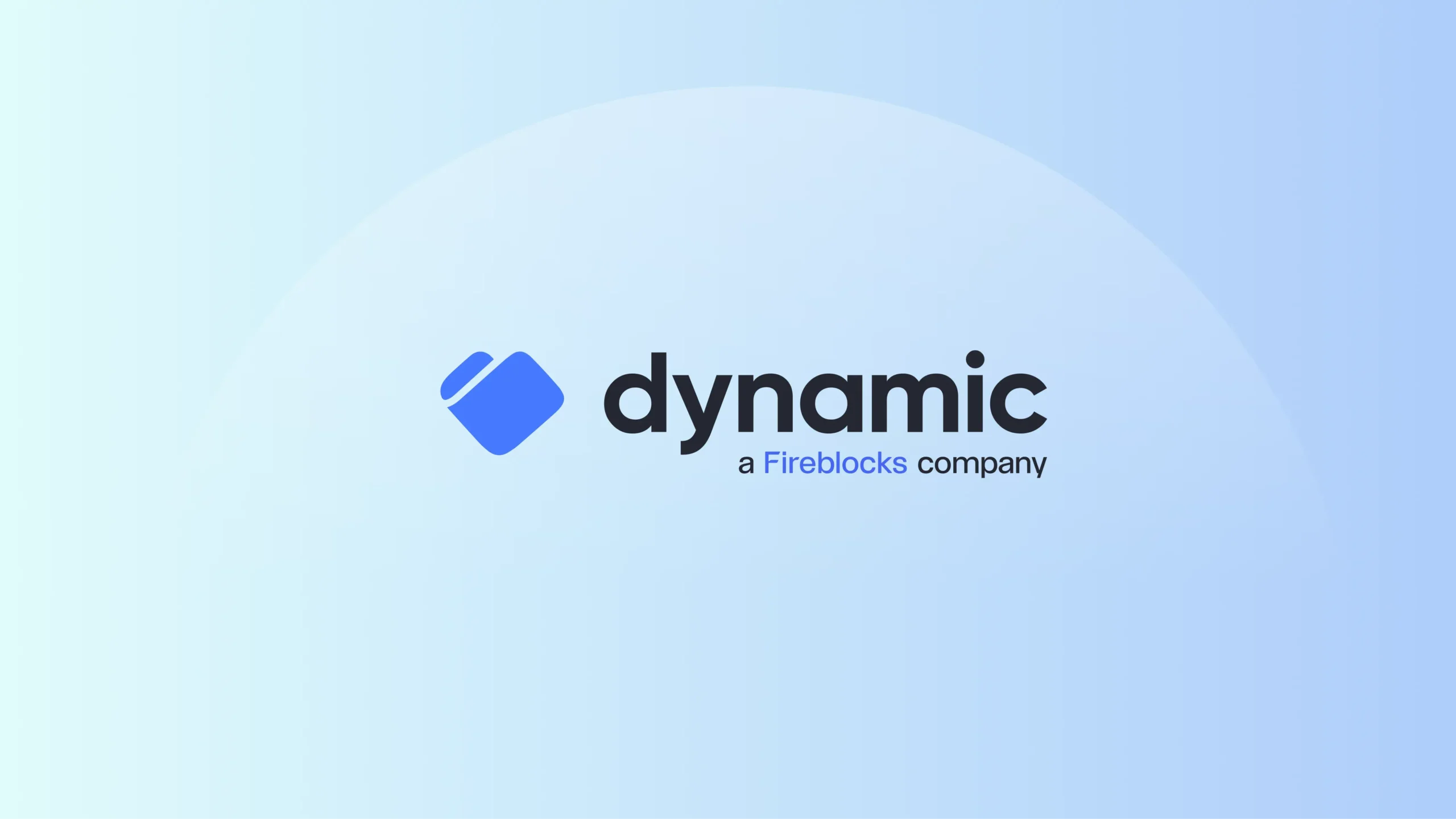
A Beginner’s Guide for Institutional Investors
A Comprehensive Guide to Blockchain Architecture
Transaction approval and validation are at the heart of any blockchain system. These processes ensure that transactions are legitimate, secure, and compliant with the rules of the blockchain network. Understanding how these flows work is crucial for anyone involved in the design and implementation of blockchain-based products. Let’s explore the complexities of transaction approval and validation flows and consider the key components, challenges, and best practices for creating efficient and secure systems.
Understanding transaction flows
A blockchain transaction flow refers to the sequence of steps that a transaction undergoes from its initiation to its final inclusion in the blockchain. This flow is critical to maintaining the integrity, security, and functionality of the blockchain network.
The lifecycle of a blockchain transaction
1. Transaction creation
A transaction is created when a user initiates an action, such as transferring assets, executing a smart contract, or modifying data on the blockchain. The transaction contains information about the sender, receiver, the amount being transferred, and any relevant conditions.
2. Broadcasting the transaction
Once created, the transaction is broadcasted to the network of nodes. Each node receives the transaction and temporarily stores it in a pool of pending transactions, often referred to as the “mempool.”
3. Validation of the transaction
- Before a transaction can be added to the blockchain, it must be validated. This involves checking that the transaction is legitimate through methods such as verifying that the sender has sufficient funds, that the transaction is correctly formatted, and that it complies with the blockchain’s rules.
- Validators or miners (depending on the consensus mechanism) perform these checks. If the transaction passes validation, it is considered for inclusion in the next block.
4. Inclusion in a block
Validated transactions are grouped together into a block by miners or validators. The block is then added to the blockchain, making the transaction final and immutable.
5. Confirmation and finality
Once a transaction is included in a block, it is considered confirmed. The number of confirmations increases as more blocks are added on top of the block containing the transaction, enhancing its finality and security.
Key steps in transaction approval and validation
1. Signature verification
Each transaction is signed by the sender using their private key. This signature must be verified by the network to ensure the transaction is authentic and has not been tampered with.
2. Double-spend prevention
The network checks that the transaction does not involve double-spending, which is the act of spending the same digital asset more than once. This is a critical step in maintaining the integrity of the blockchain.
3. Compliance with smart contracts
If the transaction involves a smart contract, the network verifies that all conditions of the contract are met before the transaction is approved.
4. Consensus mechanism
The transaction must go through the blockchain’s consensus mechanism, whether it’s proof-of-work, proof-of-stake, or another method, to be approved and added to the blockchain.
Designing efficient transaction systems
Creating an efficient transaction approval and validation system is key to the performance and security of a blockchain network. Inefficient systems can lead to delays, increased costs, and security vulnerabilities. To maximize efficiency, we recommend:
1. Streamlining transaction processing
To reduce latency and increase throughput, transactions should be processed efficiently. This can involve optimizing the mempool, prioritizing transactions based on fees or importance, and ensuring that validation processes are not overly complex.
2. Ensuring compliance with regulatory standards
In many jurisdictions, blockchain transactions must comply with regulatory standards, such as anti-money laundering (AML) and know-your-customer (KYC) requirements. Integrating these checks into the transaction flow ensures compliance without compromising efficiency.
3. Balancing speed with security
While fast transaction processing is desirable, it should not come at the expense of security. It’s crucial to maintain rigorous validation processes to prevent fraud, double-spending, and other security breaches.
Challenges and solutions
Designing transaction approval and validation flows involves navigating several challenges. However, by understanding these challenges, blockchain architects can implement effective solutions. Some of the top challenges to be aware of – and our recommendations for accounting for them – include:
1. Scalability issues
As blockchain networks grow, the number of transactions can increase dramatically, leading to scalability challenges. Solutions include implementing layer 2 scaling solutions, sharding, or increasing block size to accommodate more transactions per block.
2. Transaction latency
Delays in transaction processing can occur due to network congestion or inefficient validation processes. Optimizing consensus mechanisms and implementing transaction prioritization can help reduce latency.
3. Security risks
Transactions are susceptible to various security risks, including double-spending attacks, front-running in smart contracts, and network vulnerabilities. Employing robust cryptographic techniques, regular security audits, and decentralized validation processes can mitigate these risks.
4. Network performance during high transaction volumes
High transaction volumes can strain the network, leading to slower processing times and higher fees. Implementing dynamic fee structures and load balancing techniques can help maintain performance during peak times.
Implementing fallback mechanisms for failed transactions
Not all transactions succeed on the first attempt. It’s important to have fallback mechanisms in place to handle failed transactions effectively, such as:
1. Rebroadcasting transactions
If a transaction fails to be included in a block, it can be ‘rebroadcasted’ to the network. This ensures that the transaction is not lost and has another chance to be validated.
2. Transaction fee adjustments
Failed transactions due to low fees can be re-submitted with adjusted fees to increase the likelihood of acceptance by miners or validators.
3. Error handling and notifications
Implementing robust error handling mechanisms and notifying users of transaction failures can improve the user experience and allow for corrective actions to be taken promptly.
